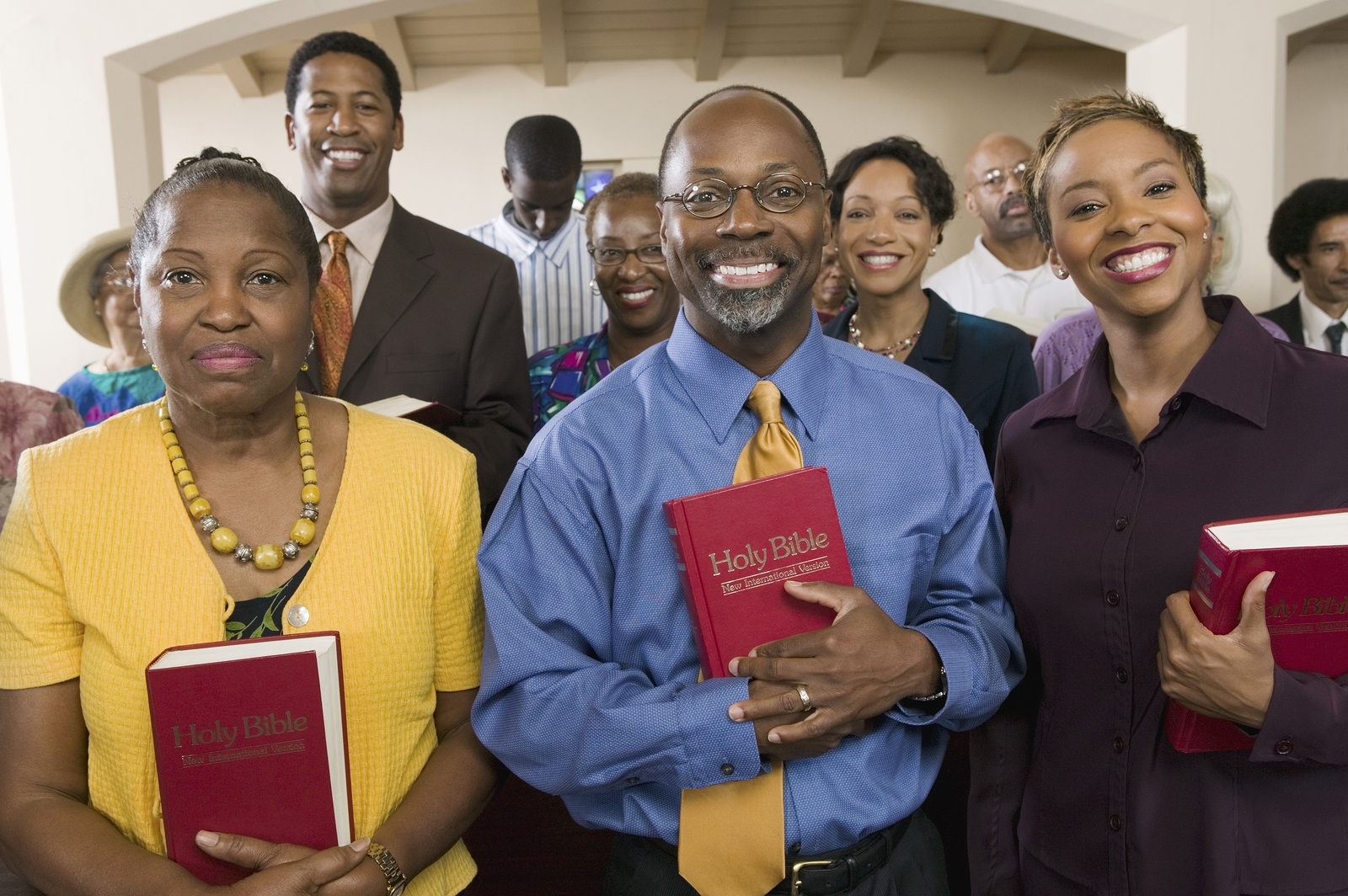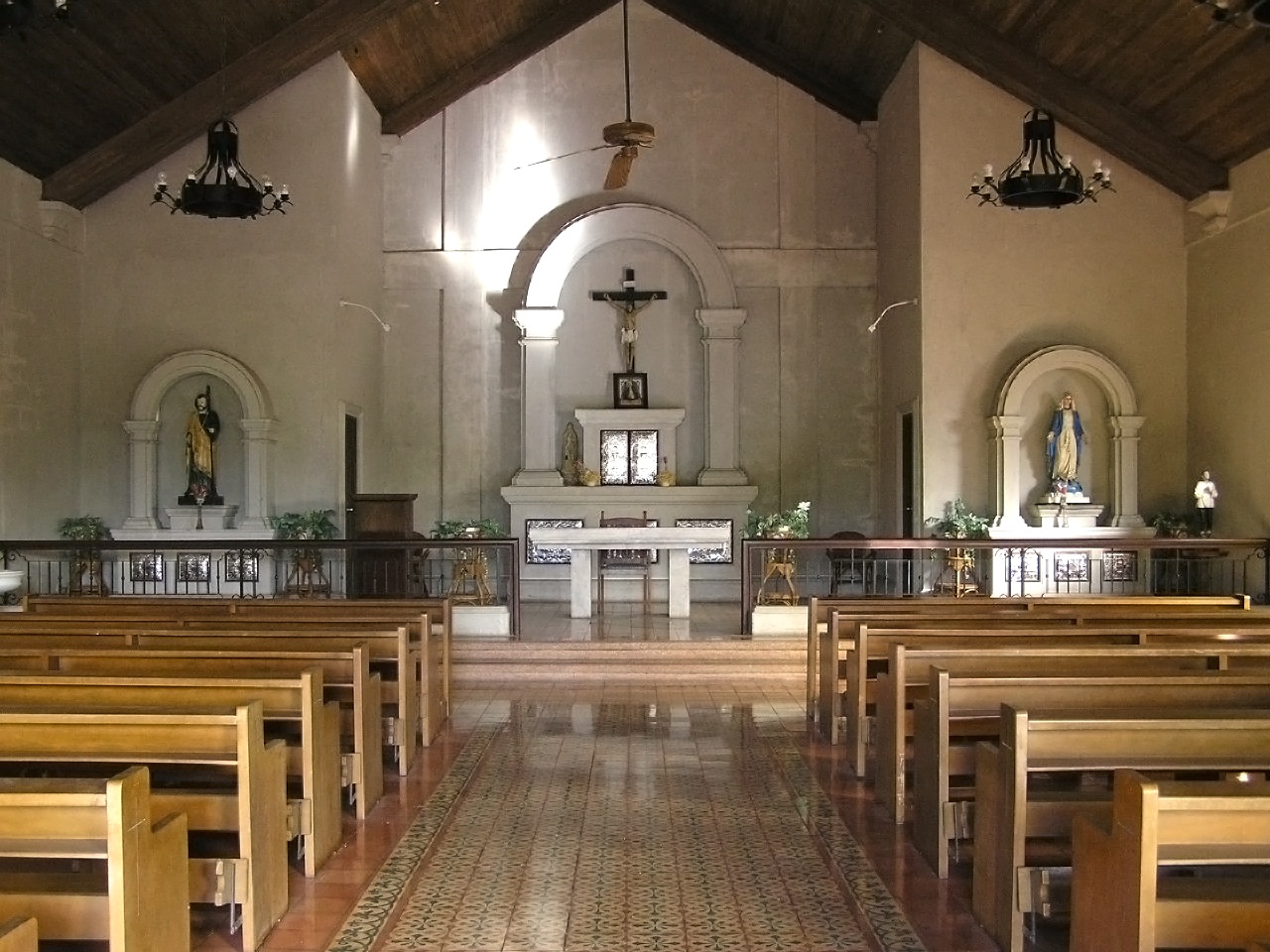While a church’s budget is set and remains fixed throughout the year, actual income and expense flows are not; in some cases, they can vary widely from month to month. For a church, cash flow can make or break its ability to survive. Leaders of financially healthy churches have learned how to manage through revenue peaks and valleys to avoid the consequences of a budget shortfall.


The money that supports your church’s ministry comes from faithful people who give because they believe in the mission. For that reason alone, there is a responsibility to manage wisely how the funds are used. The church Budget Committee has the task of oversight. One of their primary duties is to create an annual budget.

As any church office manager, volunteer, or pastor knows, the copier plays a vital role in the day-to-day activities. Whether you’re printing church bulletins or copying legal and financial documents, if it breaks, the entire staff might end up in crisis mode. That’s why it’s so important to have a plan in place for a replacement.

Churches are sanctuaries and safe places for communities to gather. That doesn’t mean that people can’t get injured there though. In fact, injuries happen at churches every day. Pastors slip and fall on wet floors, and volunteers trip over their feet when playing with kids. Anything can happen at any time.

Church leaders and their congregations know the importance of maintaining the structure that houses their ministry. They want to preserve the value of the building for future generations, protect their assets, and maintain the safe and efficient operations of the facility. Unfortunately, churches frequently find themselves addressing problems of deterioration and safety as they happen, often without the necessary funds.




